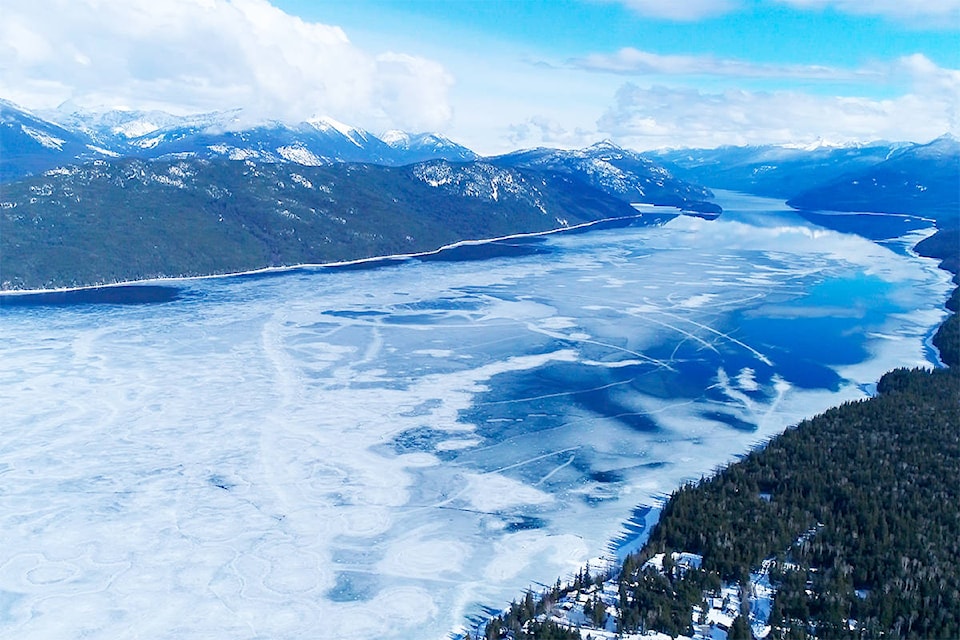Editor:
It was interesting to read the opening sentence of the April 5, 2018 Williams Lake Tribune newspaper story on Dr. Bernard Laval’s presentation at the University of Northern BC (UNBC) about the Mount Polley tailings disaster into Quesnel Lake: “Materials deposited into Quesnel Lake from the Mount Polley Mine breach are slowly getting flushed out with time.”
The presentation as a whole can be viewed on the UNBC website.
at https://video.unbc.ca/media/Impact+of+a+mine+tailings+impoundment+spill+on+Quesnel+Lake%2C+British+Columbia%2C+Canada.+Dr.+Bernard+Laval%2C+UBC+-+March+16+2018/0_hkrlhtlz/19801
This opening statement is in fact misleading, as the vast majority of the 8,000,000 M3 of tailings and solids sitting on the bottom of Quesnel Lake will remain there, forever, and untreated.
What is true is that it has caused long-term and ongoing impacts on the Quesnel Lake aquatic environment, a fact that has been denied and ignored by both Mount Polley Mining Corp (MPMC) and the B.C. Ministry of Environment (MoE).
Local residents have long complained about the immediate effects that have been, and continue to be noticed, on Quesnel Lake’s west basin, such as turbid waters, “rock snot,” slimy water, clogged filters, etc.
These concerns, as well as some significant differences in water monitoring results reported between MPMC and UNBC since the disaster, were not considered by either MPMC or MoE, during the permit amendment process over one year ago.
The new permit, issued on April 7, 2017, allows the discharge of 10,000,000 M3 of nutrient rich, virtually untreated, mine effluent every year into the formerly pristine waters of Quesnel Lake.
Even to meet the artificial water quality standard (unrelated to the Quesnel Lake water purity that existed prior to the breach), MPMC must use dilution of the effluent by the lake waters.
It was really disconcerting to discover that MPMC was out-of-compliance with the new permit within a few months of issue, and as of January 2018, in an MoE summary provided to the MPMC Public Liaison Committee (PLC), they continued to be out-of-compliance, particularly in relation to the planning for treatment and discharge of mine affected water after mine closure.
Why is this important? The Quesnel Lake outfall is only permitted until December 31, 2022, and this planning delay, along with MPMC’s quiet doubling of mine-life to 2026 shortly after the permit was issued, provides the very scary scenario that MPMC will: 1.) not be ready to remove the Quesnel Lake outfall in 2022, and, 2.) will be or has already applied to extend the effluent discharge into Quesnel Lake until the end of the new suddenly discovered mine-life, or even longer.
The information that supports residents concerns about Quesnel Lake has been out there since the breach, and Dr. Laval’s presentation only solidifies it further.
Unfortunately, recent MoE promises to ensure permit compliance and monitor the situation using an adaptive management approach, rings very hollow, especially after more than three and a half years of ignoring the adverse changes caused by the breach and effluent discharge into Quesnel Lake.
Doug Watt
Likely
